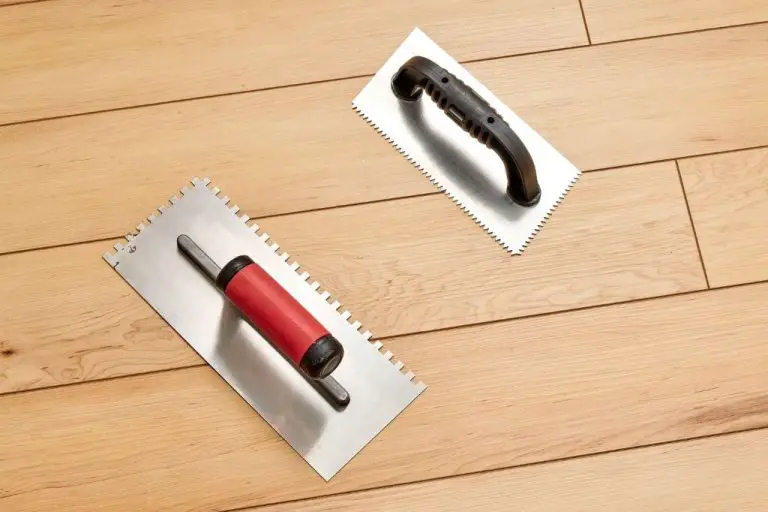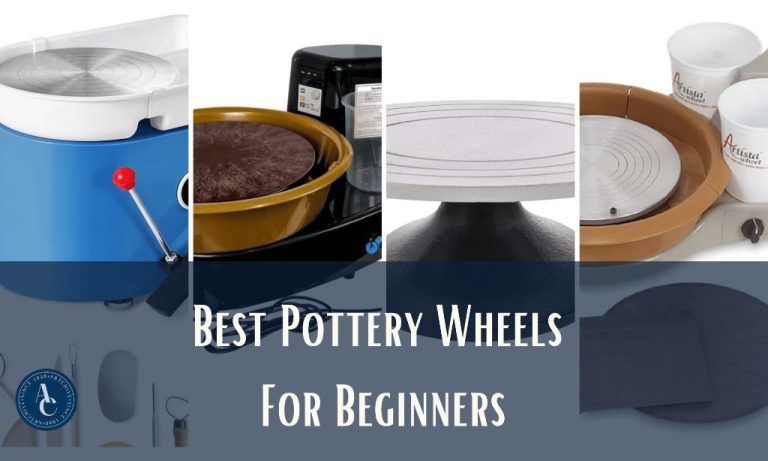What Tool Do I Need To Tile?
Tiling can totally transform the look and feel of any space, whether it’s your kitchen backsplash, bathroom walls, or an entryway floor. With the right tools, tiling is an achievable DIY project for any homeowner. This article will provide an overview of the basic tools required, explaining what each tool is used for and offering tips on choosing the best quality options for your project.
The goal is to guide you through the tiling tool options so you can gather the right kit. With quality tools that suit the tile you’re working with, you’ll be set up for success from start to finish.
Tile Cutter
A tile cutter is an essential tool for cutting ceramic, porcelain, and natural stone tiles to fit the measurements of your installation area. Tile cutters can make precise straight cuts, curved cuts, miter cuts, and notches through a score and snap process. They prevent cracks and chips during tile cutting and give you professional results.
There are three main types of tile cutters:
- Manual tile cutters – These consist of a scoring wheel, breaking plier, and measuring guide. You score the tile by rolling the wheel over it, then snap the tile in the plier. They are best for basic straight cuts in smaller projects.
- Electric tile cutters – Also called a tile saw, these have a rotating diamond-tipped blade that cuts through tile when water is applied. They allow fast, accurate cuts for all tile shapes and sizes. Electric tile cutters range from compact tabletop models to large floor units.
- Wet tile saws – The most advanced electric tile cutters, these submerge the tile completely during cutting for maximum performance, precision, and to contain mess. Wet saws can make complex curved cuts with ease.
Consider the size and specifics of your tiling project and budget when choosing a tile cutter. Manual tile cutters offer an affordable option for small projects with just straight cuts. Electric or wet saws are recommended for large format tiles, intricate cuts, and substantial projects to boost cutting speed and accuracy. Investing in an electric tile saw will give you the most versatility for residential or commercial tiling over the long-term.
Tiling Trowel
A tiling trowel is an essential tool for spreading tile adhesive evenly and getting your tiles perfectly level. The uniquely shaped, flat rectangular blade allows you to control the depth and coverage of the adhesive.
Tiling trowels come in a range of sizes and materials to suit different tile types and surfaces. As a general rule, use a trowel with notches sized between 1/4 and 1/2 the thickness of your tile. For example, use a 1/4″ notched trowel for 1/2″ thick tiles. This ensures you get full coverage underneath.
For large format tiles, choose a trowel with deeper notches, like 1/2″ to 3/4″. And for mosaics and small tiles, use a smaller 1/16″ to 1/8″ notched trowel. The material also matters – plastic trowels are fine for occasional DIY jobs, but stainless steel offers more durability for frequent tile projects.
Look for a trowel with a comfortable, rubberized grip and a sturdy steel mounting. Make sure the notches feel sharp – any rounded edges mean it’s time to replace it. With the right trowel for your tile and surface, you’ll achieve a smooth professional finish.
Grout Float
A grout float is a tool used to apply and spread grout between tiles. It is a flat, rectangular sponge or foam pad on a handle made out of materials like rubber, plastic or wood. Grout floats help smooth and level out the grout once it has been applied to the joints between tiles.
The main reasons to use a grout float include:
- Spreading the grout evenly and completely into the joints between tiles. The flat edge and flexible surface allow you to apply even pressure across the entire area.
- Removing excess grout by smoothing it off flush with the tile edges. The grout float lets you wipe diagonally across joints to avoid removing grout from inside the joints.
- Shaping and tooling the grout for a consistent finish. The different shapes and sizes of grout floats provide versatility for working in corners and along edges.
Grout floats come in different materials, each with their own advantages:
- Rubber – More flexible and contoured, good for smoothing and rounded edges.
- Foam – Absorbs water easily, inexpensive and disposable.
- Wood – Stiff for maximum pressure on grout joints, durable and reusable.
- Plastic – Low cost, disposable and good for small jobs.
Choosing the right size and shape of grout float depends on the type of tile and scope of the project. Smaller floats from 4-8 inches work well for wall tiles, while larger 8-12 inch floats are good for floor tiles. U-shaped floats are useful for working in corners and hard to reach spots.
Spacers
Spacers play a crucial role in tile installation by helping to keep tiles evenly spaced. They create a uniform grout joint width between tiles for a professional finish. Spacers come in various sizes, materials and styles to accommodate different tile types and applications.
Smaller tiles like mosaics generally require 1/16″ spacers while larger tiles may use 1/8″ or 3/16″ spacers depending on the look you want to achieve. Wider grout joints are better for uneven substrates. Hard plastic and soft rubber spacers are common. Plastic spacers provide durability for porcelain or natural stone while rubber spacers offer flexibility for curved surfaces.
Some tips when selecting spacers:
- Use larger spacers for naturally uneven tiles like handmade or tumbled stone.
- Opt for thinner spacers like 1/16″ for small mosaic sheets to avoid too much spacing between each tile.
- Choose soft rubber spacers for sensitive glass tiles to prevent chipping or cracking.
- Use adjustable tile leveling systems for large format tiles to keep edges perfectly flush.
Having the right spacers for your tile and application will help ensure a professional finish that looks fantastic. Take the tile material and size into account when deciding on the ideal spacer.
Tile Leveling System
A tile leveling system is a tool used to keep tiles perfectly level and evenly spaced during installation. It consists of several components that work together:
Leveling Clips – These small plastic clips attach to each corner of four adjacent tiles to hold them at the same height while the mortar sets. The clip rests on the tile corners and can be adjusted up or down.
Tile Spacers – Flat plastic spacers are inserted between tiles to maintain even grout lines. The spacers work together with the clips.
Leveling Plates – These plates sit under the tiles and allow the height of the clips to be adjusted precisely using a tiling tool. They distribute the weight evenly.
Leveling Tool – A ratcheting tool is used to raise or lower the clips gradually via the leveling plates. This lets you fine-tune the tile heights.
The main benefit of a tile leveling system is that it keeps tiles perfectly flat in the same plane. This gives a smooth, professional finish without lips or height variations. It also ensures straight, evenly spaced grout lines.
Tile leveling systems are great for large tile formats, uneven substrates, or tiles requiring very narrow grout lines. They allow you to adjust and correct tiles during installation. This can be difficult to impossible with just tile spacers.
For smaller tile sizes on smooth substrates, basic plastic tile spacers may be sufficient. However, for large tiles, natural stone, or tile being installed on floors, a tile leveling system is highly recommended for quality results.
Mixing Bucket
A mixing bucket is an essential tool for properly preparing the grout and thinset used in tiling. Selecting the right bucket is crucial for achieving the ideal consistency and workability of these materials.
The size of the bucket matters. For most small to medium tiling projects, a 4 or 5 gallon bucket is ideal. Large commercial jobs may require a 10 gallon bucket or even larger. Consider how much thinset or grout you’ll have to mix at one time.
The bucket must be rigid and sturdy. Flexible buckets can bend and deform under the pressure of rigorous mixing, resulting in inconsistent textures. Opt for a rugged bucket made of thick plastic that won’t crack or warp.
The material should also be nonporous. Materials like wood can absorb water from the mix, altering its ratio. Plastic or metal buckets are better choices.
Some key tips when selecting a mixing bucket:
- Choose a 5 gallon size for most home projects
- Ensure it’s made from thick, rigid plastic that won’t warp
- Find one with sturdy handles for lifting and pouring
- Select a smooth, nonporous interior that’s easy to scrape and clean
- Consider a bucket with measurement markers for consistency
With the right mixing bucket, you’ll be able to properly blend thinset mortar and grout to the ideal texture for tiling success.
Mixing Paddle
A mixing paddle is an essential tool for effectively blending grout and thinset. The paddle attaches to a power drill and mixes the grout or thinset in a bucket until smooth and lump-free.
When selecting a mixing paddle, consider the shape, durability, and materials:
- Shape – Curved paddles scrape the sides and bottom of the bucket better than flat paddles.
- Durability – Choose a sturdy steel or plastic paddle that won’t bend or break easily.
- Materials – Steel paddles are durable but can rust over time. Plastic paddles are lightweight and affordable but less sturdy.
For efficient mixing, use a paddle sized appropriately for the mixing bucket. Bigger buckets require longer paddles to reach the bottom. Aim for a paddle that is 1/3 the height of the bucket. Test different paddle shapes to find one that smoothly scrapes the sides and bottom.
With the right mixing paddle, you can expertly blend grout and thinset for professional-looking tile installations.
Safety Equipment
When undertaking any home improvement project, it’s important to use proper safety equipment to avoid injuring yourself. Tiling projects in particular require protective gear to shield your hands, eyes, knees, and feet from harm.
Tile edges and grout lines can be sharp, so wear thick gloves to protect your hands and fingers from cuts. Look for gloves with textured palms and fingers to improve your grip on slippery tiles.
Goggles or protective eyewear will shield your eyes from flying shards and debris when cutting tiles or scraping away old grout. Look for goggles that fit snugly and have side barriers for the best protection.
Kneepads or knee cushions will protect your knees when kneeling on hard floors to lay tile. Thick, padded kneepads are ideal to prevent pain and discomfort.
Closed-toe shoes with sturdy soles will protect your feet from dropped tiles or tools. Shoes with ankle support can help avoid sprains if you twist your ankle when standing or kneeling.
When purchasing safety gear, opt for high-quality, durable products that will hold up through your entire tiling project, and provide reliable protection so you can work confidently without injuries.
Conclusion
When taking on a tiling project, having the right tools for the job is essential. The main tools you’ll need include a tile cutter, tiling trowel, grout float, spacers, tile leveling system, mixing bucket, mixing paddle, and safety equipment like gloves and eye protection.
The type of tile cutter, trowel, and grout float you choose depends on the size and type of tiles you are working with. Opt for quality tools that will provide precision and ease of use. Spacers, levelling systems, buckets, and paddles are more universal. Go for durable, sturdy options.
Before starting any tiling installation, take time to gather all the necessary tools. Rushing into the project only using what you have on hand will likely lead to frustration and subpar results. With the proper preparation and high-quality tools designed for the specifics of your tiling job, you’ll be set up for success.





